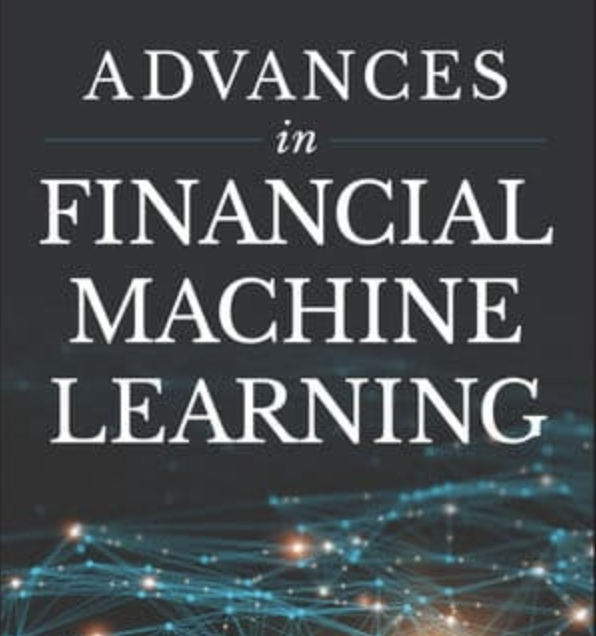Advances In Financial Machine Learning Review

The following is a quick but very thoughtful review by Sofien Kaabar CFA of the book ” Advances in Financial Machine Learning” by Marco Lopez de Prado. This work was published in 2018 under the Wiley label and has quickly become a favorite of the serious quant crowd. Here is Sofien’s review:
First up: This book is aimed at financial professionals & quants familiar with machine learning. It’s not for beginners. The steep learning curve might leave casual readers overwhelmed, so beware of diving in without prior knowledge in finance and ML.
Classical Finance Tools Are Insufficient
Lopez de Prado’s primary claim is that classical finance tools are insufficient for today’s market complexity, proposing machine learning (ML) as a more effective framework. This is a bold proposition—one that resonates with today’s data-driven world, but…
One of the critiques is the book’s depth. While the theory is well-researched, Advances in Financial Machine Learning tends to lean heavily on complex mathematics and statistical techniques. This might alienate readers looking for practical, accessible applications.
Another issue: The book provides deep insights but often lacks clear, actionable roadmaps. You’ll find cutting-edge techniques, but implementation guidance is scarce—meaning a lot of trial and error if you want to apply the concepts in real-world strategies.
Very Dense
It’s dense. Very dense. Sometimes too much so. The explanations can be hard to follow, especially when there is a heavy use of academic jargon. More intuitive analogies or simpler examples would have made the material more approachable.
However, what the book does excel at is introducing groundbreaking concepts, like the Hierarchical Risk Parity (HRP) or the idea of bet-sizing through machine learning. These offer a fresh perspective compared to more traditional portfolio optimization methods.
Critics argue that the book lacks sufficient discussion on backtesting methodologies or pitfalls. Given how essential backtesting is in quantitative finance, the absence of rigorous backtesting guidance seems like a missed opportunity.
Lopez de Prado emphasizes the importance of proper data handling—focusing on aspects like labeling financial data and data leakage. These are invaluable lessons, but might feel repetitive or overly technical if you’re looking for broader market insight.
Overall, Advances in Financial Machine Learning is a monumental work for advanced practitioners in quant finance. But the blend of high-level theory and lack of practical guidance could alienate many readers. Worth reading? Yes. But with caution.
You can grab a copy of this book here.
If you liked this feature you can check out the Trading Psychology booklist as well as other features on NBB’s Trading Strategy, Raja Banks Trading Strategy, Stockbee’s Trading Method, Blackrock’s Aladdin, A Tutorial On Market Structure, How To Trade With the BPSPX, The ICT Candle Counting Method, See What It Is Like To Make Millions As A Trader, How To Pass A Trader Evaluation & Get Funded, The Top Step Trader Review, How Your Trade Size Impacts Your Returns, ICT Liquidity Runs, How To Trade The Options Chart & The Falang Futures Algo and How To Use Volume To Trade Like Banks & Institutions
Comments are closed.